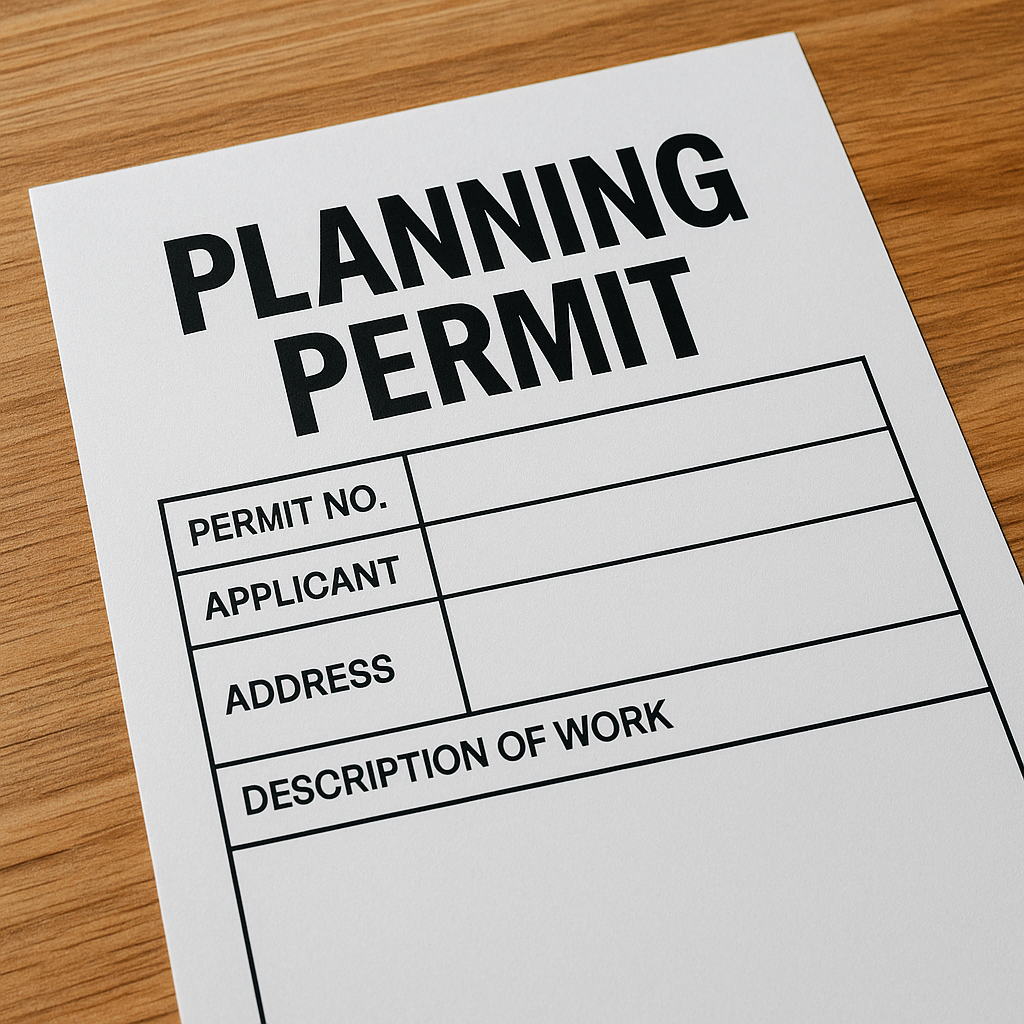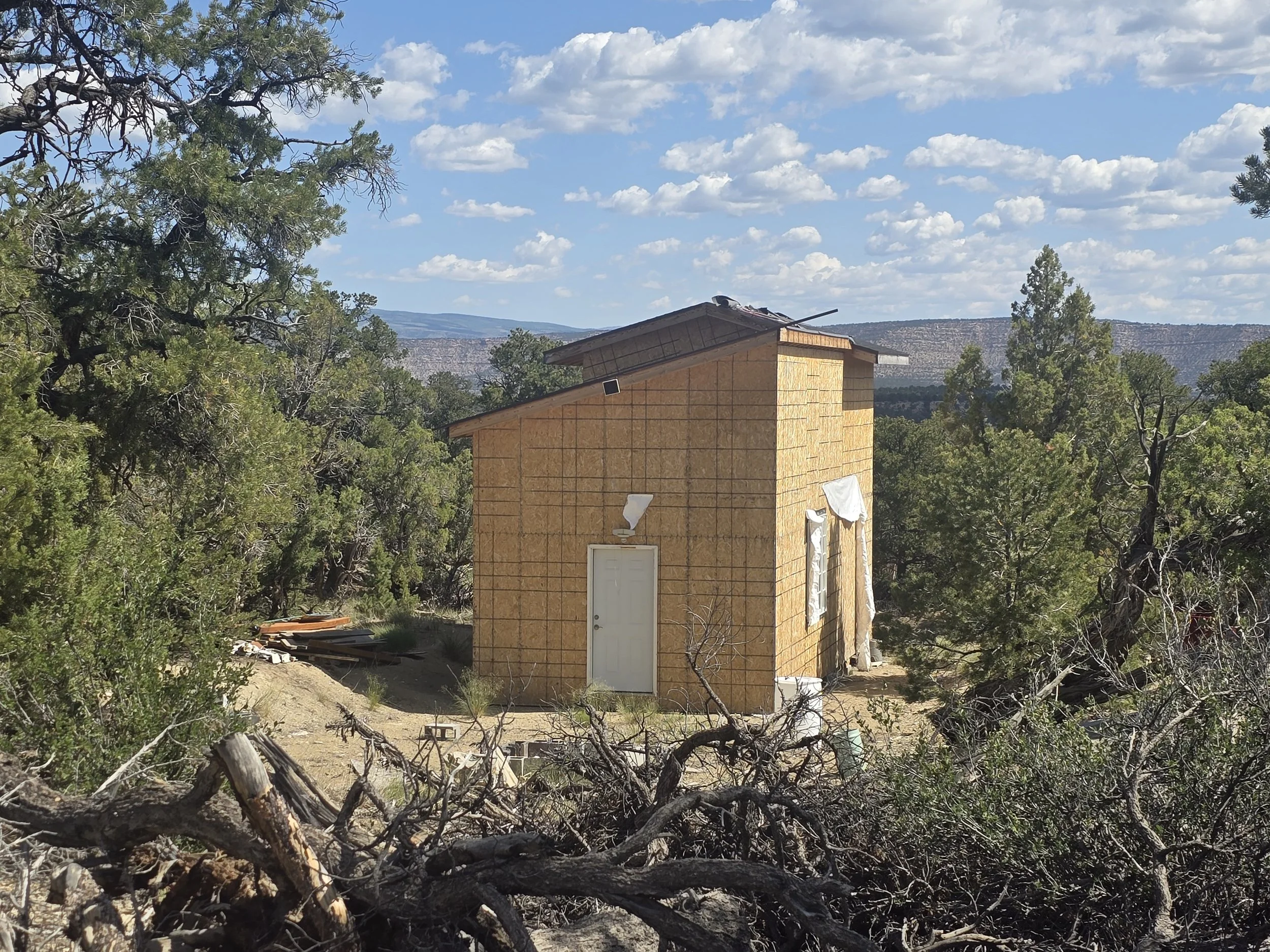Building a Shed or Outbuilding in Utah: Do You Need a Permit?
Thinking about adding a shed, barn, or workshop to your land in Utah? Before you start hauling lumber or ordering prefab kits, it’s important to understand when permits are required and what steps you might need to take—especially in rural counties like Duchesne or Uintah.
Disclaimer: This blog post is for general informational purposes only. Always contact your local county building department before starting any construction. Rules can change and vary by location—this is not legal or permit advice.
Do You Need a Permit to Build a Shed in Utah?
In many counties across Utah, small structures like sheds or outbuildings may be exempt from permits—if they meet certain conditions. However, once a structure is used for things like living, electrical work, or plumbing, permitting is usually required.
Common Permit Exemptions (Check Local Rules!)
In general, Utah counties may not require a building permit if your shed:
Is under 200 square feet (for one-story detached structures)
Has no plumbing or electrical hookups
Is used only for storage or non-living use
Is placed on non-permanent foundations like gravel or skids
Even if a building permit isn’t required, you may still need:
Zoning approval for setbacks (distance from roads or property lines)
Septic approval if your shed has a bathroom or kitchen planned
Floodplain clearance if your land is near water
Always call the local office for your county (like Duchesne County Building and Zoning) to confirm.
When Are Permits Required?
Permits are typically needed if your shed or outbuilding:
Is over 200 square feet
Will be used for living or sleeping
Includes power, plumbing, or HVAC
Is on a permanent foundation
Is part of a larger homestead or compound plan
For example, a workshop with outlets and lighting likely needs an electrical permit. A guest cabin or detached office may require full building plans, inspections, and septic design.
Steps to Get a Shed Permit in Utah
1. Check Zoning and Property Use
Call your county planning or zoning office and explain what you're building. Ask about land use codes, setbacks, and use restrictions.
2. Draw a Site Plan
Sketch where your shed will go in relation to your property lines, roads, and other buildings. This is often required for permit review.
3. Submit a Permit Application
If a permit is required, you'll fill out a form, attach your plans, and possibly pay a fee. Rural counties often have a quicker and simpler process than urban areas.
4. Schedule Inspections (If Needed)
For sheds with utilities or foundations, inspections may be required during or after the build.
Tips for Building a Shed on Rural Utah Land
Use gravel pads or skids for portable sheds
Pre-built sheds from local builders may already meet code
Talk to neighbors—many are familiar with local processes
Save receipts and plans in case you sell or upgrade later
Avoid building too close to roads, easements, or waterways
FAQs About Shed Permits in Utah
Can I live in a shed on my land?
Only if it’s permitted and meets building code for a dwelling. Most storage sheds are not legal to live in without upgrades.
What’s the fine if I build without a permit?
Penalties vary but may include fines, stop-work orders, or being required to remove the structure. Always check first.
Can I add power to a shed later?
Yes, but you’ll likely need an electrical permit and inspection—even if the shed didn’t require one originally.
Build Smart, Build Legal
Adding a shed, barn, or outbuilding can bring a lot of value and functionality to your land—but only if it’s done right. Taking the time to check on local requirements can save you hassle down the road.
Reminder: This blog is not a substitute for checking with your local county office. Permits and building codes can vary widely even between nearby towns. Always verify before you build.
Looking for land where you can build a shed, workshop, or cabin?
Browse available properties across Utah →
Or learn about flexible zoning and A-5 parcels →


